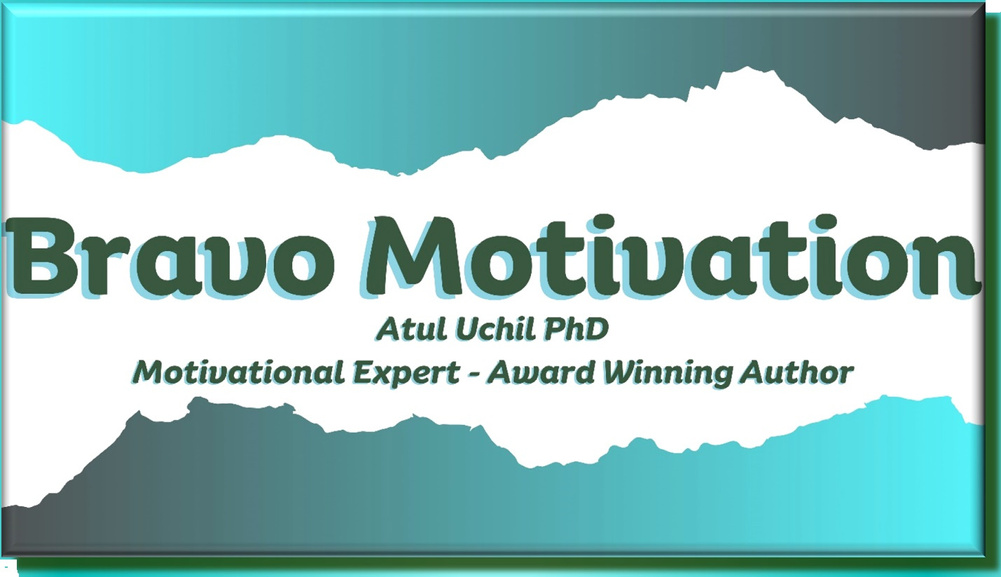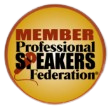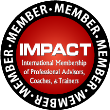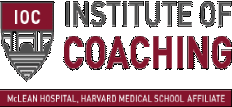


About Dr. Uchil
Dr. Uchil is an Award-Winning Author, Motivational Speaker and Entrepreneur embodying three decades of management and consulting experience. Prior to founding The Uchil Group and Uchil, LLC in 2004, Dr. Uchil spent over nineteen years in a variety of senior management roles at several large consulting organizations including Accenture and MCC.
Dr. Uchil was a Founding Fellow at the Institute of Coaching (IOC), a Harvard Medical School affiliate and the creator of the Bravo Motivation system for motivational coaching and training. Bravo Motivation is the registered trademark of Dr. Atul Uchil.
In addition to research papers and digital eBooks, Dr. Uchil has published the following:
- If Not Now, When? ISBN - 978-1478734659
- Remember Thou Art Mortal: ISBN - 978-1478715887
- Goals-Based Strategic Planning: ISBN - 1432723309
- Relationship Selling: ISBN - 1432715007
- The Corporate America Survival Handbook: ISBN - 1598000942
- Consulting: A Job or A Lifestyle: ISBN - 1598000640
- I Opted Out: ISBN – 1598000713
- Reflections – Kindle Vella Story: AISN – B0B89RRZYZ
- A Glitch In Time – Kindle Vella Story: AISN – B0CSKQP239

Credentials
PhD
PhD
MBA
MBA
MSEE
MSEE







Motivation
Motivation and Strategic Planning Packages
I specialize in empowering minds.
Join me on a journey to ignite your potential & achieve your dreams.
Telephonic or video motivation sessions one-on-one with Dr. Uchil.
Please contact Via Email Atul@Bravomotivation.com or Via Social Media Links Below

Fundamentals
Package
(5 one-hour sessions - over a period of 1 month)

Advanced
Package
(20 one-hour sessions - over a period of 3 to 6 months)

Life-Change
Package
(50 one-hour sessions - over a period of 6 to 12 months)

Public Speaking
Public Speaking and Group Motivation Packages
Please contact Via Email Atul@Bravomotivation.com or Via Social Media Links Below

For Non-Profits, Educational Institutions Etc.
Motivational Keynote Speeches

Public Speaking For Corporations
Training Seminars and Keynote Speeches

Group Motivation Packages
Motivational Keynote Speeches


